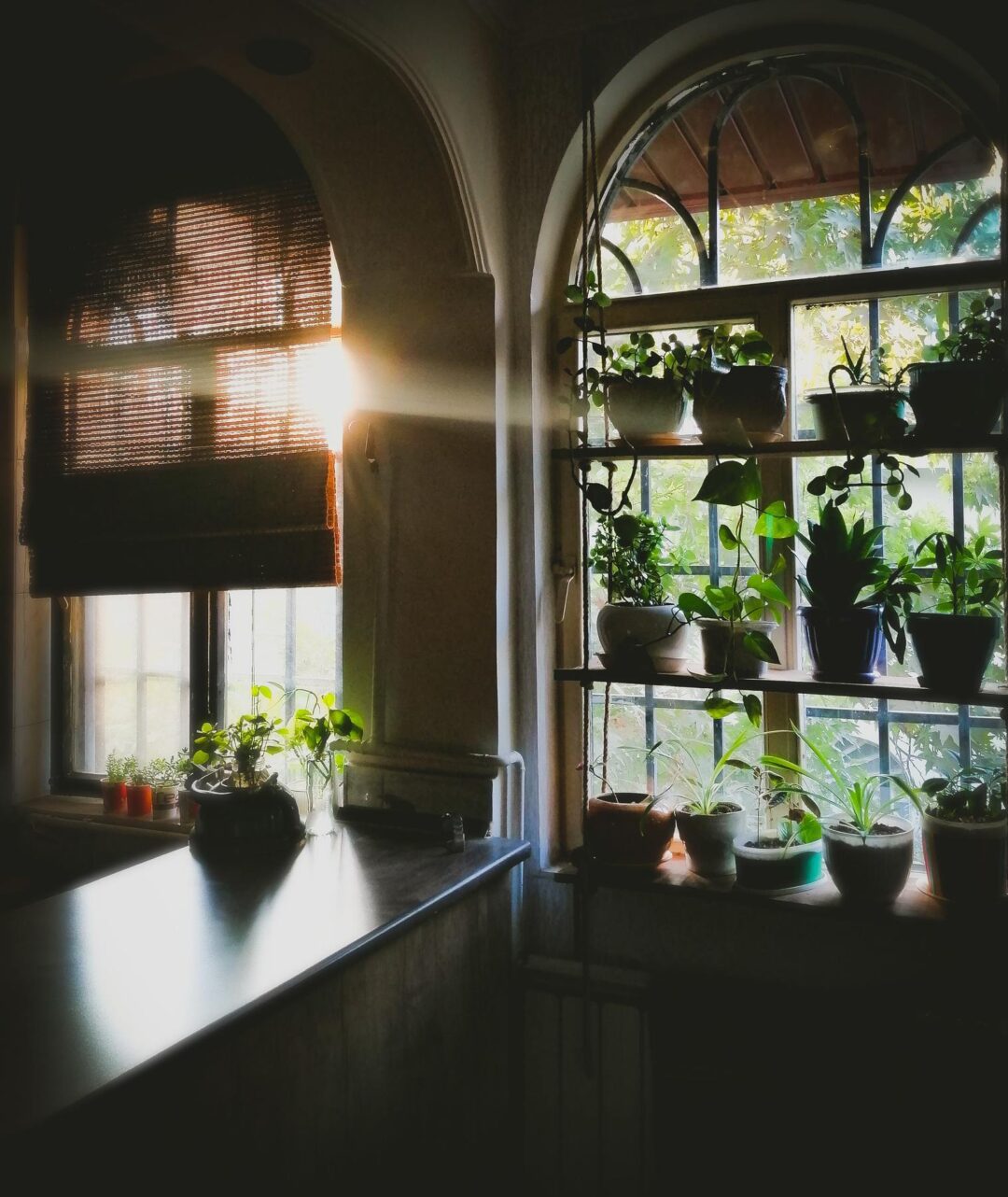Curriculum design: A play-based curriculum

What’s the idea?
A play-based curriculum is informed by children’s interests and needs (as they emerge). The teacher has fixed learning goals, but these are achieved holistically, responsively and flexibly as the children grow and develop (Van Oers and Duikers, 2013).
What does it mean?
A play-based curriculum puts play and activity at the centre of children’s learning. It is usually reserved for early years pupils, recognising that it is through play that children develop basic knowledge and skills. However, it is not a laissez-faire approach, as it needs to be carefully planned and implemented through the design of inclusive learning spaces that support children’s holistic development (Van Oers and Duikers, 2013).
A play-based curriculum is built around the design of the learning environment which, according to Loris Malaguzzi, can act as a third teacher to ensure that children are able to develop emotionally, physically, socially and cognitively. Accordingly, each classroom will often include the following areas:
- Role-play where children can use their imagination to act out and communicate in a number of different roles.
- Small-world play where children can play with miniature worlds, such as farms or dolls’ houses, and immerse themselves in storytelling.
- Construction play where children can design and build models out of numerous materials, such as wooden blocks.
- A sand and water area where children can conduct investigations or use small-world figures to create stories.
- A creative workshop where children are given the freedom to select from a wide range of materials to create, for example, paintings or collages.
- An investigative area where children can conduct mathematical and scientific experiments with access to a range of resources such as tape measures, mirrors and magnifying glasses (Bromley, 2009).
What are the implications for teachers?
Siraj-Blatchford et al. (2002, p. 10), suggest that many successful EY settings use ‘sustained shared thinking’, where adults and children work together ‘in an intellectual way to solve a problem, clarify a concept, evaluate activities, extend a narrative etc.’ Within a play-based curriculum and classroom, teachers can enhance productive play using a number of expert strategies, including:
- Orienting: The teacher explores the situation and activities with the children, focusing the children’s attention on specific aspects.
- Structuring and deepening: The teacher sets the scene by introducing a problem and discussing what is to be done.
- Broadening: The teacher connects the play activity with other activities and the children’s capabilities.
- Contributing: The teacher introduces new tools into play that answer specific needs of the children.
- Reflecting: The teacher constantly gets the children involved in little moments of reflection and discourse on the ongoing activity (Janssen-Vos quoted in Van Oers and Duikers, 2013).
Want to know more?
- Siraj-Blatchford I, Muttock S, Sylva K, Gilden R and Bell D (2002) Researching effective pedagogy in the early years. DfES Research Report 365. London: HMSO.
- Bromley H (2009) A play-based curriculum. 5 to 7 Educator 49: 16–17.
- van Oers B and Duijkers D (2013) Teaching in a play-based curriculum: Theory, practice and evidence of developmental education for young children. Journal of Curriculum Studies 45(4): 511–534.
This article was published in May 2019 and reflects the terminology and understanding of research and evidence in use at the time. Some terms and conclusions may no longer align with current standards. We encourage readers to approach the content with an understanding of this context.










